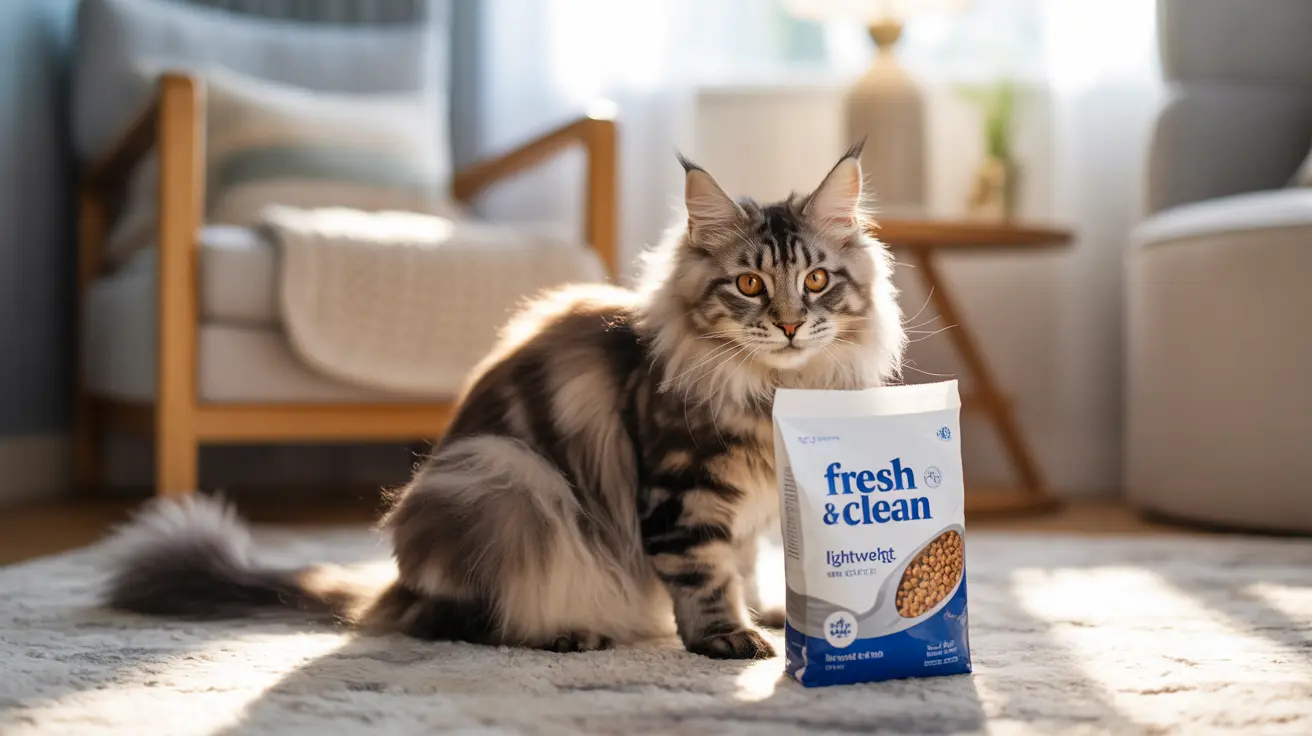Introduction
Choosing between lightweight and regular cat litter is a significant decision that impacts both you and your feline companion. With modern advancements in litter technology, cat owners now face more options than ever before. This comprehensive guide will explore the key differences between lightweight and regular cat litter, helping you make an informed decision based on your specific needs and circumstances.
From composition and performance to health considerations and environmental impact, we'll examine every aspect you need to consider when selecting the right litter for your home.
Understanding the Basics of Cat Litter Types
Composition and Weight Differences
Regular cat litter typically consists of 100% bentonite clay or similar minerals, creating a dense, heavy product. In contrast, lightweight litter combines bentonite clay with lighter materials like perlite or diatomaceous earth, resulting in a product that's 50-80% lighter while maintaining similar volume.
This significant weight reduction makes lightweight litter particularly appealing for apartment dwellers, seniors, or anyone who struggles with heavy lifting. However, the trade-off often comes in the form of increased tracking and potentially higher costs.
Performance Comparison
Clumping and Absorption
Both lightweight and regular litters offer excellent clumping capabilities, though their mechanisms differ slightly. Regular clay litter forms dense, heavy clumps that are less likely to break apart during scooping. Lightweight varieties achieve similar results through enhanced porosity and specialized mineral blends.
Odor Control and Dust Levels
Modern formulations of both types incorporate advanced odor-control technologies. However, lightweight litters often require more sophisticated odor-fighting additives to compensate for their reduced mass. Dust levels can vary significantly between brands, with some lightweight options producing more dust due to their finer particle size.
Practical Considerations
Tracking and Maintenance
One of the primary challenges with lightweight litter is increased tracking throughout the home. The lighter particles are more likely to stick to your cat's paws and fur. Using a high-quality litter mat and strategic box placement can help minimize this issue.
Cost and Value Analysis
While lightweight litter typically costs more per pound, its concentrated formula means you'll use less volume over time. Regular litter offers more budget-friendly options but requires more frequent replacement and heavier lifting during maintenance.
Health and Safety Factors
For most adult cats, both litter types are generally safe. However, kittens and cats with respiratory sensitivities may need special consideration. Some veterinarians recommend avoiding lightweight litters for very young kittens due to the finer particle size and potential for ingestion.
Environmental Impact
Traditional clay-based litters have a larger environmental footprint due to mining practices and non-biodegradable waste. Some lightweight options incorporate more sustainable materials, though this varies by brand and formulation. Eco-conscious cat owners should carefully review product labels for environmental certifications and manufacturing practices.
Frequently Asked Questions
What are the main differences between lightweight and regular cat litter in terms of weight and materials?
Lightweight cat litter is 50-80% lighter than regular litter, using a combination of bentonite clay and lighter minerals like perlite. Regular litter is primarily composed of pure bentonite clay or similar heavy minerals.
How does the clumping and odor control performance compare between lightweight and regular cat litter?
Both types offer comparable clumping performance, though regular litter tends to form denser clumps. Odor control is effective in both, with lightweight varieties often featuring additional odor-fighting technologies.
Is lightweight cat litter safe for kittens and cats with respiratory issues?
While generally safe for adult cats, lightweight litter may not be ideal for kittens or cats with respiratory sensitivities due to its finer particle size and potential for increased dust. Consult your veterinarian for specific recommendations.
Why does lightweight cat litter tend to track more, and how can I reduce litter tracking in my home?
Lightweight litter tracks more due to its lighter particles adhering easily to cats' paws. Reduce tracking by using a high-quality litter mat, selecting a covered litter box, or placing the box in an enclosed area.
Which type of cat litter is more environmentally friendly and cost-effective over time?
Environmental impact varies by brand and composition. Some lightweight options use more sustainable materials, while regular clay litter has a larger mining footprint. Cost-effectiveness depends on usage patterns, with lightweight litter often lasting longer despite higher initial costs.
Conclusion
The choice between lightweight and regular cat litter ultimately depends on your specific circumstances, including physical capabilities, living situation, budget, and your cat's preferences. Consider testing both types to determine which works best for your household while keeping in mind factors such as tracking, maintenance requirements, and environmental impact.






